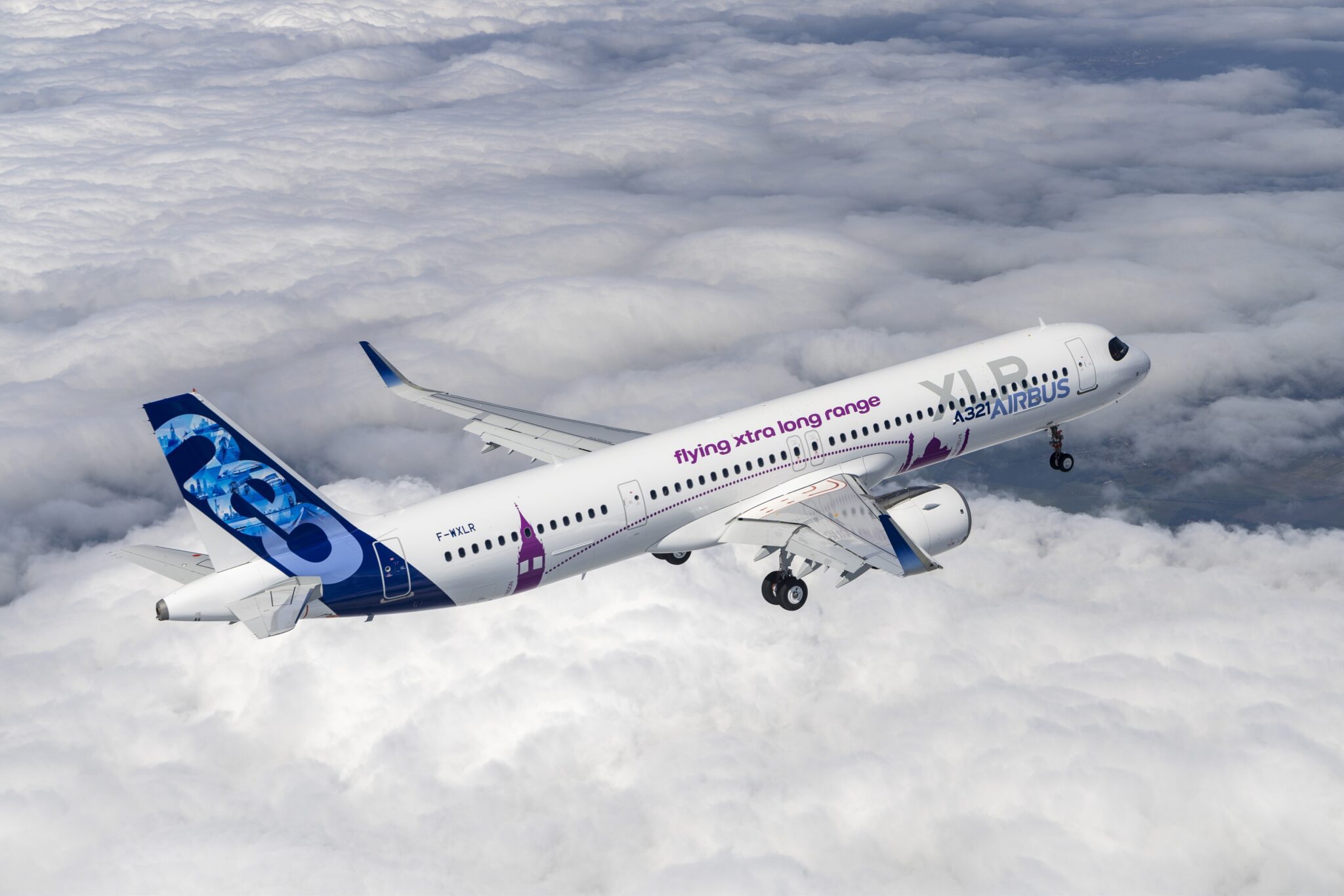Skift Take
Developing new aircraft is rarely easy, but this fresh delay to the company’s flagship narrowbody jet program will come as a disappointment to Airbus and its customers.
The first of Airbus’ new line of jets won’t arrive as soon as expected. The setback was revealed today by CEO Guillaume Faury as the company published its annual results.
The Airbus A321XLR (Xtra-Long Range) is due to be the planemaker’s flagship single-aisle product. It builds upon the hugely successful A320 and A321 programs, which are already the cornerstone of fleets at JetBlue, Frontier Airlines, and easyJet.
The XLR has been in development for several years. When the project was first announced in 2019, a target of summer 2023 was given for the first delivery.
More recently, executives at the European firm have said the second quarter of 2024 would be the date of the first handover. Now, it will be at least the third quarter before the first airline receives the new jet.
What’s Delaying Airbus’ New Plane?
Speaking to the media, Faury said he was satisfied with the overall progress of the program, but acknowledged that regulatory issues had caused the further delay.
“We are in the finalization of the documents. [For] certification we need to close all of them and there are thousands,” said the Airbus CEO.
To squeeze even more flying range out of the same aircraft shell, Airbus has had to get creative. The XLR features an extra fuel tank, molded into the contours of the central-rear part of the aircraft.
While this allows the plane to fly up to 15% further, it has concerned safety regulators. Officials have highlighted fire risks and lengthier evacuations in the event of an accident. Subsequent tweaks to the design and the resulting tests to satisfy aviation authorities have taken time.
Which Companies Are Waiting?
Despite the delays, the XLR has proved to be a hit with airlines. More than 550 XLRs have been ordered to date, with customers around the world. These include big-name national carriers such as Qantas and American Airlines, as well as more niche players like VietJet and flynas.
Last month, IndiGo Airlines CEO Pieter Elbers told Skift about his grand plans to link India and Europe with the new aircraft.
While Lebanon’s Middle East Airlines was officially the first to order the jet – signing a deal for four units in 2019 – it is another flag carrier that looks set to be the launch operator.
Recent comments from IAG, the parent company of Aer Lingus, suggest that it’s the Irish airline that will fly the aircraft first in revenue service. With a maximum range of 4,700 nautical miles (5,409 miles), Aer Lingus will be able to fly from Dublin deep into the U.S. using a single-aisle plane.
Other operators such as United Airlines and Icelandair are looking to the XLR to replace aging Boeing 757s which are more expensive to run and have poorer environmental credentials.
For its part, Boeing scrapped plans to build a direct competitor to the A321XLR in 2020, leaving the company almost entirely reliant on its 737 Max program.
The Daily Newsletter
Our daily coverage of the global travel industry. Written by editors and analysts from across Skift’s brands.
Have a confidential tip for Skift? Get in touch
Tags: a321xlr, airbus, aircraft, aircraft manufacturers, Boeing
Photo credit: Airbus Airbus / Airbus
